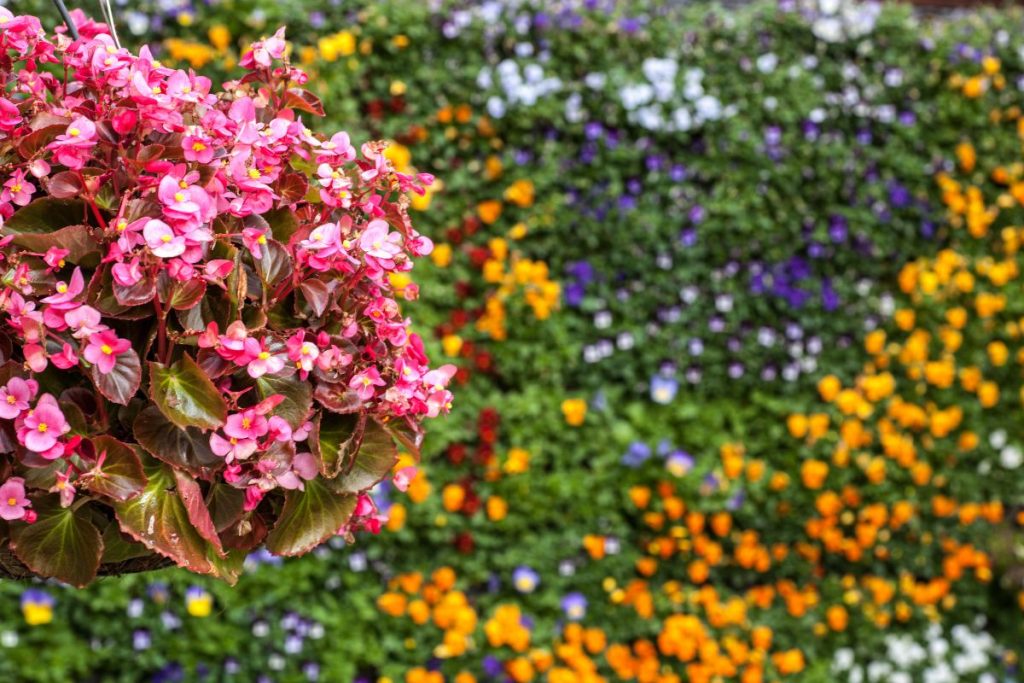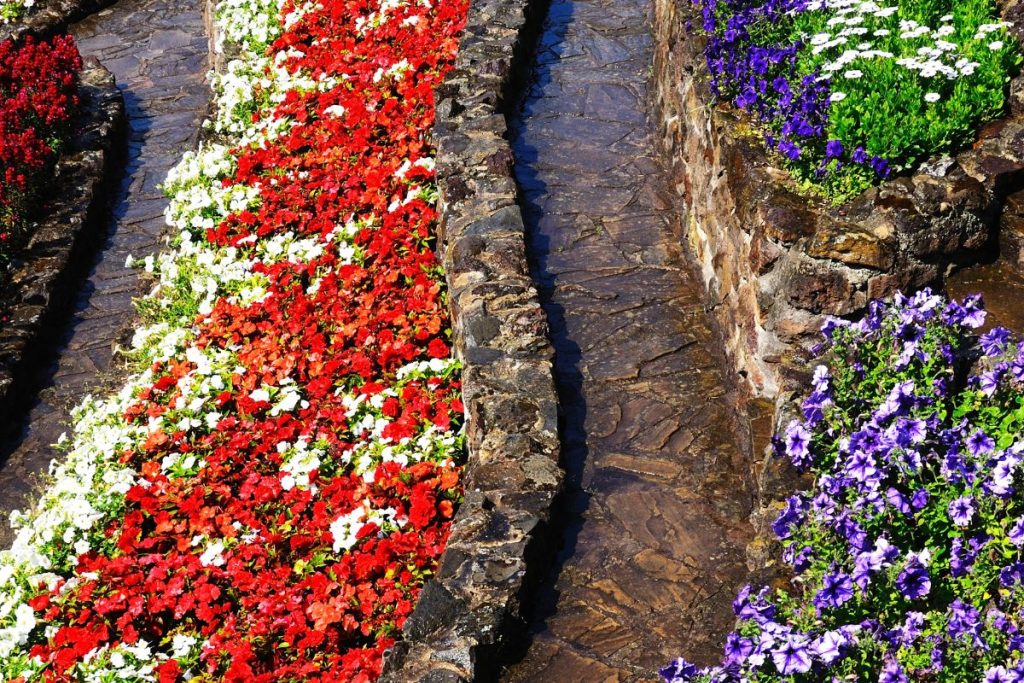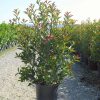Petunias and Begonias are two popular flowering plants that can add color and texture to any garden design in Fort Worth, Texas. If you want to add beauty to your outdoor space, either of these plants can be an excellent option. Here’s a closer look at how to grow and care for these flowers and some creative ways to incorporate them into your Fort Worth garden.
Choose the suitable variety
There are many different types of petunias, including grandiflora, multiflora, and wave. Choosing a combination that can withstand heat and humidity is best for the Fort Worth climate. The wave petunia, for example, is an excellent choice as it is heat tolerant and can even handle some drought.
Begonias prefer partial shade, so choose varieties that can tolerate the amount of sunlight in your yard. Next, consider the size of your yard and choose a variety that complements your color scheme. Lastly, look for disease-resistant types to keep your plants healthy. These tips will help you select the best begonia variety for your Fort Worth yard.
Plant in the right location

Petunias prefer full sun, so make sure to plant them where they’ll receive at least six hours of sunlight daily. They also need well-draining soil, so consider adding sand or compost to improve drainage if your soil is heavy.
To plant begonias in the right place in your yard, there are several factors to consider. Firstly, since begonias prefer partial shade, choose a spot that receives morning or late afternoon sun but is shaded during the hottest parts of the day. Secondly, ensure the soil is well-draining and rich in organic matter, slightly acidic, and moist. Amend the soil with compost or other organic matter to improve drainage and fertility. Thirdly, consider the size of the begonia plant and the spacing requirements.
Small begonias can be planted closer together, while larger ones need more space to spread out. Also, consider surrounding plants and their colors to complement or contrast with your begonias.
Water regularly
Petunias and begonias need regular watering, especially during hot and dry periods. Aim to keep the soil evenly moist but not waterlogged. Water at the base of the plant, rather than from overhead, to avoid getting the leaves wet and potentially causing disease.
Fertilize regularly
Petunias are heavy feeders and benefit from regular fertilization. Use a balanced fertilizer every two to three weeks to promote healthy growth and blooms.
Begonias benefit from regular fertilization but are not considered heavy feeders. Instead, they prefer soil rich in organic matter and slightly acidic. They can be fertilized with a balanced fertilizer every two to three weeks during the growing season to promote healthy growth and blooms.
However, over-fertilization can cause problems such as leaf burn and reduced flowering, so following the recommended application rates on the fertilizer label is essential.
Deadhead regularly

To encourage more blooms and a more extended flowering period, deadhead (remove spent flowers) regularly. This will also help prevent the plant from putting energy into producing seeds instead of flowers.
Watch for pests and diseases
Petunias can be susceptible to pests like aphids and powdery mildew. Look for any signs of trouble and immediately prevent the problem from spreading.
Some common pests that can affect begonias include aphids, mealybugs, spider mites, and thrips. These pests can cause damage to the leaves and flowers of the plant and can be controlled with insecticidal soap or other insecticides. Begonias can also be susceptible to fungal diseases like powdery mildew and botrytis.
These diseases can cause white or gray fine patches on the leaves and flowers and can be controlled with fungicides or by removing affected plant parts. Proper care, including good air circulation, well-draining soil, and regular watering and fertilization, can also help prevent pest and disease problems in begonias.
Petunias and begonias are versatile and can be used creatively in your garden.
Here are some ideas to inspire you:
Use petunias and begonias as border plants
Plant a row along the edge of a garden bed to create a colorful border. Choose a variety with a mounding habit, like grandiflora or multiflora, for a neat and tidy appearance.
Plant petunias and begonias in hanging baskets
Both petunias and begonias are perfect for hanging baskets, as their trailing habit creates a beautiful cascading effect.
 Create a pathway
Create a pathway
Plant petunias or begonias in a line along a garden path to create a colorful and fragrant walkway. You can use a single color or mix and match different shades for a rainbow effect.
Plant petunias and begonias in containers
Petunias are ideal for container gardening, as they are low-maintenance and bloom prolifically. Plant them with other annuals or herbs in a large container for a beautiful and functional display.
Mix petunias with other flowers
Both petunias and begonias can be mixed and matched with other annuals and perennials to create a beautiful and varied garden display. For example, pair them with marigolds, zinnias, or snapdragons for a bold and colorful effect.
Create a petunia border around trees or shrubs
Plant a ring of flowers around a tree or shrub to create a focal point in your garden. This is a great way to add color to an area that might otherwise be overlooked.


